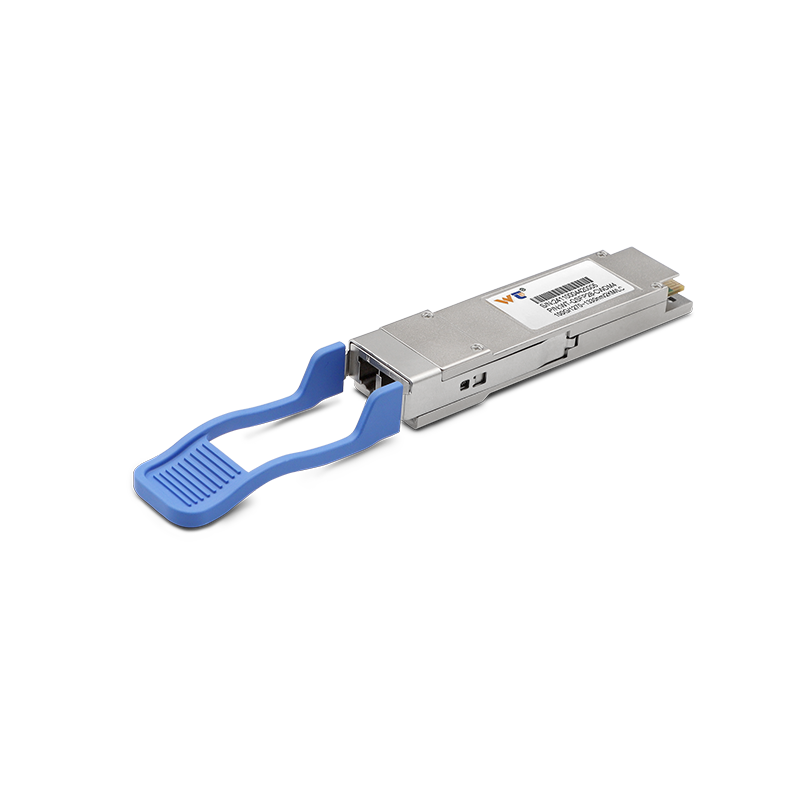The integration of advanced optical modules in smart manufacturing systems is paving the way for a transformative era in industrial operations. By 2025, the demand for 100G optical modules is expected to skyrocket, driven by the rise of smart warehouses that rely on high-speed data transmission and unparalleled connectivity. With the emergence of Industry 4.0, manufacturers will require seamless integration of technologies, enabling real-time data analysis and improved operational efficiency.
Optical modules are crucial components in this digital landscape. They facilitate data transfer across networks with remarkable speed and accuracy. The market is witnessing a significant trend towards higher bandwidth solutions, specifically in smart manufacturing sectors where speed is paramount. The accelerated adoption of cloud computing and IoT devices in manufacturing will bolster the growth of optical module solutions. According to market research, the optical communication market size is anticipated to exceed $25 billion by 2025, highlighting the potential for innovation and efficiency gains within this sector.
| Technology Type | Functionality | Impact on Industry |
|---|---|---|
| 100G Optical Module | Facilitates high-speed data transmission | Enables real-time inventory tracking |
| Wavelength Division Multiplexing (WDM) | Increases bandwidth capacity | Reduces infrastructure costs |
| Coherent Technology | Enhances long-distance communication | Improves reliability and efficiency |
Understanding the types of optical modules is essential for manufacturers aiming to leverage this technology effectively. The most prominent among them include 100G optical modules, which provide the backbone for high-bandwidth applications. By encoding data using multiple wavelengths, Wavelength Division Multiplexing (WDM) allows for increased data transmission without the need for additional physical infrastructure—an essential feature in smart warehouses. Furthermore, coherent technology offers efficient long-distance data communication, vital for global supply chain management. Each of these technologies plays a critical role in boosting productivity and cutting operational costs, making them indispensable in the modern manufacturing environment.
As we think ahead to 2025, the potential applications of optical modules in smart warehouses are vast. For example, consider a scenario where a fully automated warehouse utilizes 100G optical modules. These modules would allow for real-time tracking of goods, optimizing inventory levels and reducing waste. By interfacing with IoT devices, the warehouse can dynamically adjust operations based on incoming data streams. This integration not only streamlines productivity but also fosters a smarter supply chain that can respond immediately to changing market demands.
Our website offers a premium range of optical module products, all rigorously tested for quality assurance. Whether you require solutions for high-speed data transmission or long-distance communication, our 100G optical modules are engineered to excel in diverse application scenarios. We prioritize performance and reliability, ensuring that your smart manufacturing systems are equipped with the best technology available. Our commitment to quality ensures that manufacturers can thrive in a competitive landscape, leveraging our products to meet their growing needs.
In conclusion, the future of smart manufacturing is intrinsically linked to the evolution of optical modules. As we approach 2025, the ongoing advancements in 100G optical technology will not only enhance operational efficiency but also redefine how manufacturers interact with their supply chains. With smart warehouse systems rapidly integrating these cutting-edge solutions, the potential for productivity and innovation will continue to grow, marking a significant chapter in the story of industrial transformation. The integration of 100G optical modules will ultimately shape a more connected and efficient future for manufacturing.






